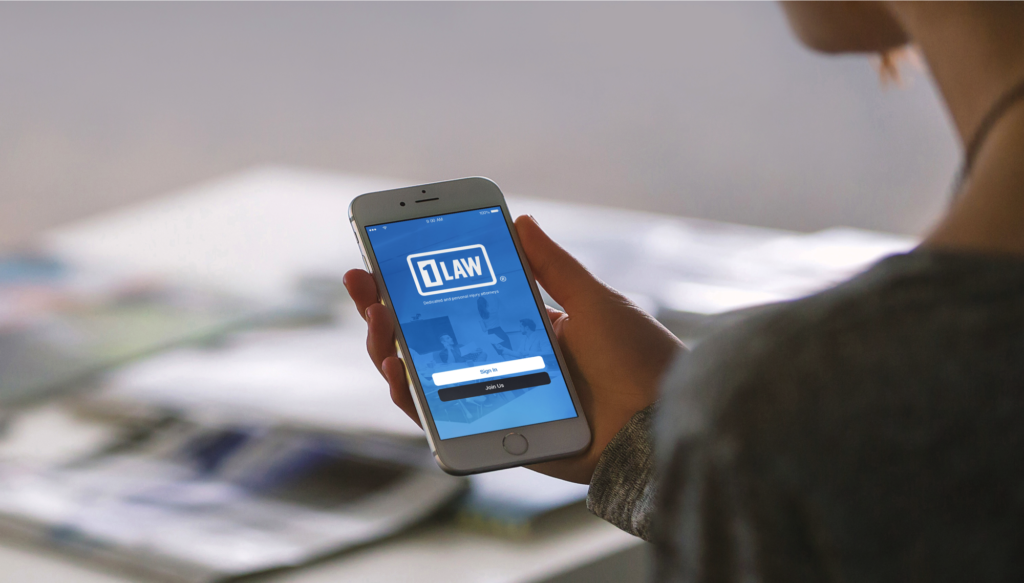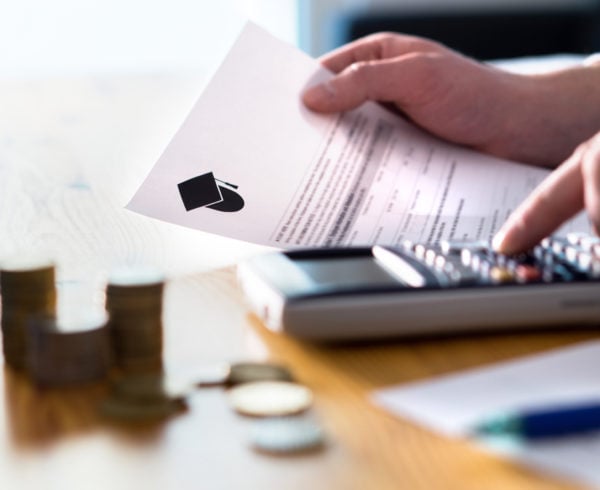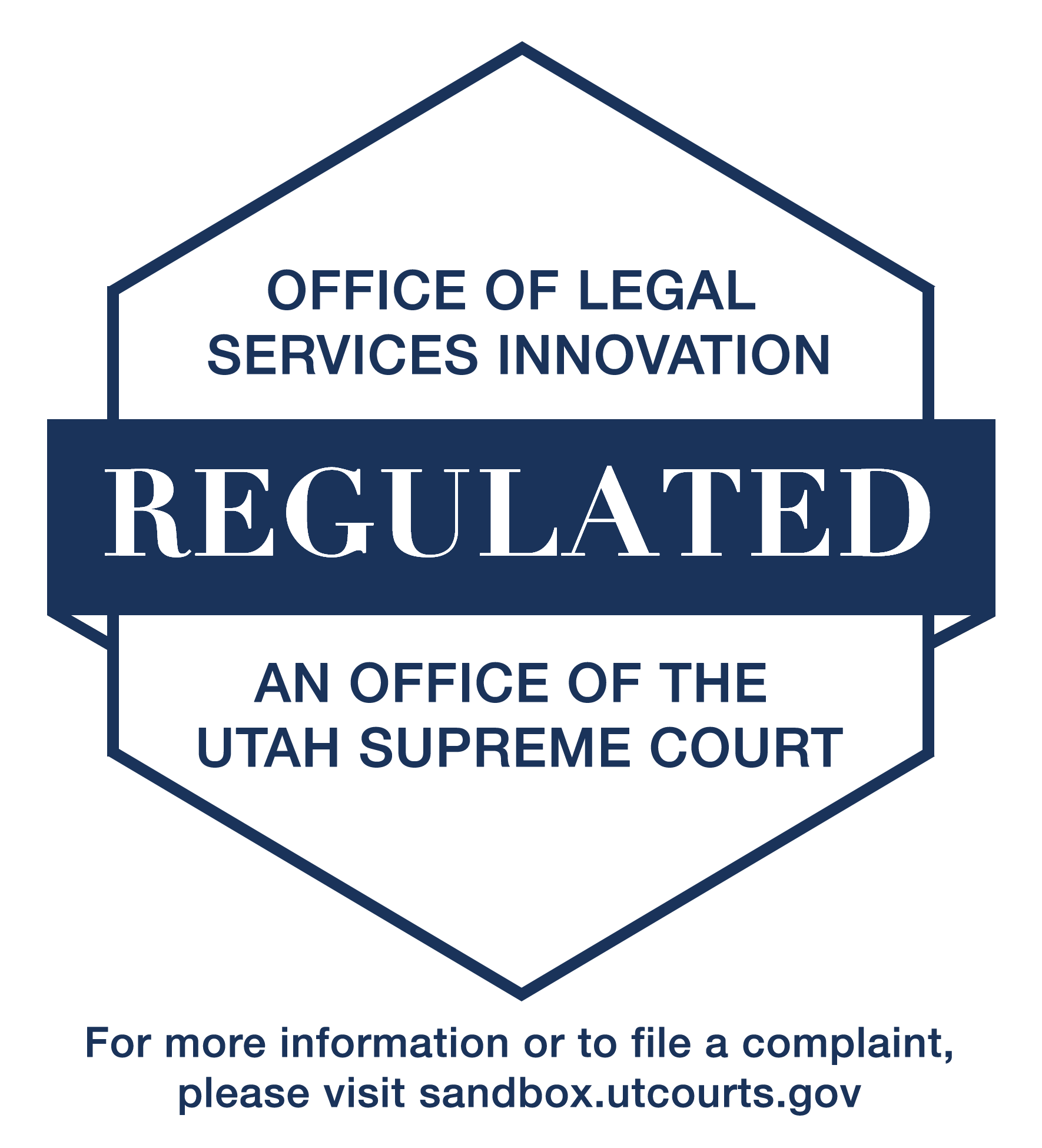Uber’s effect upon the ride-dispatching industry is not overstated labeling it massive. The company took a $9 billion industry and quadrupled it, reaching a domestic and international valuation of $62.5 billion in December 2015. The number for this tremendous growth comes from riders that otherwise would not use taxi services, but who do so now. Their idea of introducing non-consumers into the market presents exciting possibilities to apply elsewhere. 1LAW saw that 80% of legal needs are not met, and drawing from Uber’s responses to challenges, provides services for those currently unrepresented, or underrepresented in the legal sphere.
One challenge Uber saw is taxis are expensive. They are reasonable for traversing city blocks as long as you aren’t a Columbia University student in Harlem and interning on Wall Street in Lower Manhattan. That’s a slow ride, far distance, and with constant traffic that mounts fares quickly. They are even less reasonable in sprawling suburbs where commuting to work is necessary, and so is driving out for leisure and entertainment. Where would you hail a taxi, and at what cost for the ride? Furthermore, with a rider unfamiliar with an area, what maintains the driver’s integrity from taking advantage of the route to drive up fares? Taxis are expensive, lacking availability, and possessing an element of unknowingness.
Uber’s challenges were to make ride-dispatching geographically accessible, cheaper, and transparent. With the story familiar by now, the company utilized an abundance of qualified, available drivers located alongside those desiring services, making the service widely accessible. Through an easy-to-use mobile app fixing fares between point a and point b, unknowingness was reduced. Without the overhead of a taxi rental, and part-time, commission-based drivers, Uber was able to lower fares below their taxi counterparts. They’re the designated drivers, back-ups when the car is in the shop, and accessibility where before there was limitation. Consumers return for repeat rides, making the service a disruptor in the ride-dispatching industry.
Geographic accessibility, affordability, and unknowingness also create challenges for legal representation in a significant percentage of cases. When a cow escapes from a farm in rural Utah and wounds a neighbor, the farmer then has to travel to a city to talk to a personal injury attorney, costing him time and money he likely doesn’t have. It’s also likely the farmer doesn’t have a personal connection to the attorney, and is going in somewhat blind. That’s what 1LAW targets.
With the company’s story unfolding, the 1LAW app connects geographically proximate and available attorneys to those desiring services, and through a video platform that reduces the user’s unknowingness. The farmer in this instance can receive legal advice from his phone while on the farm, sign contracts in a time frame that works for him, and do so at a lower rate. Background information about the attorney is provided, and with any unsatisfactory interaction, the farmer can just as easily try out another attorney.
1LAW goes beyond Uber’s model too, putting a new component on the table. While Uber extended services beyond taxis, providing extra cash for drivers, the 1LAW app aims to strengthen attorneys’ business plans. Through the app, new attorneys and start-up firms have a new prospecting tool in the same way that seasoned attorneys can find an additional prospecting stream. For both, the app and desktop feature organize clients, procedures, and reporting, minimizing time allocated there, thus saving the attorney money. The app, furthermore, works around the attorneys schedule, and not the other way around. This makes the app a facilitator during the lulls, and unencumbering during rushed times.
The legal industry is $266 billion revenue industry. With 80% of legal needs unmet, the 1LAW app provides a platform for those currently not consuming but needing legal representation, and new attorneys and firms, as well as seasoned attorneys, to tap into a new prospect stream to grow their businesses. There is a new portion of the market to explore, and the 1LAW app bridges the way to reach it.
A video walkthrough of the app is found here.
Anyone with questions or inquires should contact appdev@1law.com.




